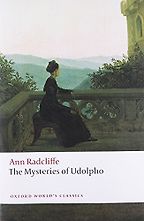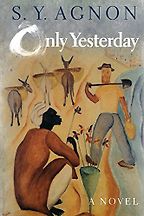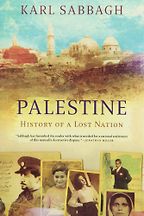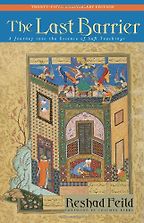
Books by Ann Radcliffe
Ann Radcliffe (1764-1823) was a pioneering English novelist and a prominent figure in the Romantic literary movement. She is best known for her contributions to the Gothic novel genre, where she skillfully blended elements of mystery, suspense, and the supernatural to create a distinct style of storytelling.
As Nick Groom explained in an interview on the Gothic: “Ann Radcliffe can be described retrospectively as using Gothic trappings in her novels. Radcliffe—who was by far the best-selling, best-paid author of the 1790s—popularized the ‘explained supernatural’. This occurs when terrifying and apparently supernatural incidents are all—like in Scooby-Doo—eventually explained as occurring through various mechanisms, instruments, or accidents.
“In Radcliffe,” he continued, “it is suggestion that gets the mind working to create a sense of infinity, or of ‘the Sublime’ (as Edmund Burke describes it). The mind’s encounter with an image it cannot comprehend is a heightening experience, but one which also annihilates the self. This was a favourite aesthetic effect of the late eighteenth century.”
Radcliffe’s mastery of the Gothic form not only entertained but also significantly influenced subsequent generations of writers and set the stage for the development of Victorian literature and horror genres.
“When I sat down to write my book after all my research, I decided I wanted my book to be gothic, which meant it would involve supernatural events, ghosts, murder in the night – all the motifs of gothic novels…If you Google gothic you can find the name Ann Radcliffe and this is one of her most famous books. So I summarised it and made a list of the gothic motifs I would like to include in my book, like events taking place at night and a raven…Palestine can be gothic because it has many of the remains of old empires, like the Romans and the remains of the Jewish state 2,000 years ago.” Read more...
The best books on Israel and Palestine in Art
Alon Hilu, Novelist
Interviews where books by Ann Radcliffe were recommended
The best books on Israel and Palestine in Art, recommended by Alon Hilu
Award-winning novelist and playwright positions himself among a new breed of Israeli historians: “I think I am part of a new trend in Israel to be critical of the way we tell our history”






The best books on The Gothic recommended by Nick Groom